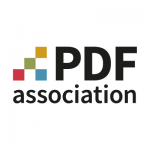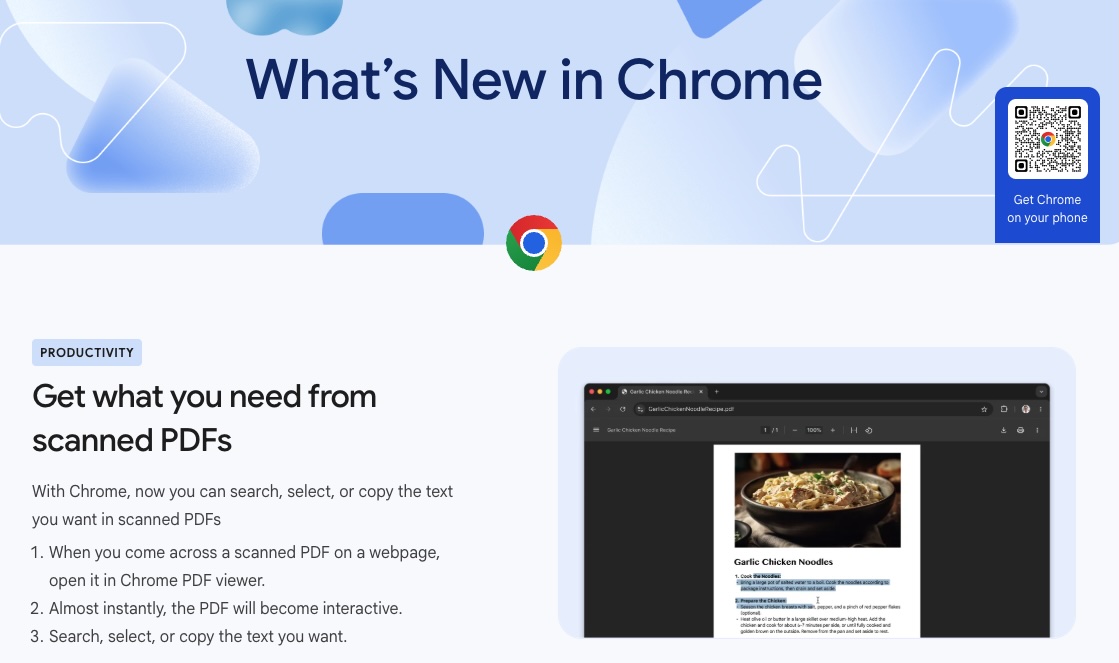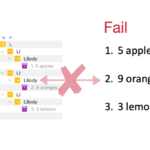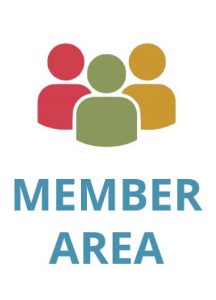News and views touching on PDF
May 14, 2025

News and views touching on PDF

May 14, 2025

About PDF Association staff
Contents
- News and views touching on PDF
- News and views touching on PDF
- [wpv-post-title]x
- Accessibility: the clock is ticking for state and local government
- veraPDF moves to version 1.28.1 and updates their Arlington checker
- Chrome update features PDF
- In print, Adobe runs ahead of PDF standardization
- How screen readers read special characters
- A new (proprietary) path for MathML in PDF
- Your PDF, your fonts
- JPEG-XL in PDF?
- PDFacademicBot for May 2025
Accessibility: the clock is ticking for state and local government
According to the article, state and local governments in the US with populations of 50,000 or more have until April 24, 2026, to comply with the WCAG 2.1 Level AA requirements. Of course, as the article mentions, PDF files figure prominently in the set of content to be remediated.
veraPDF moves to version 1.28.1 and updates their Arlington checker
The latest set of veraPDF releases includes improvements to PDF/UA and WTPDF validation and updates to the Arlington Checker. Read the veraPDF readme and download the software.
Chrome update features PDF
A recent update to the popular Google Chrome browser features new capabilities for scanned PDFs. 
In print, Adobe runs ahead of PDF standardization
Although active work is occurring in the PDF Association’s Imaging Model TWG, the International Color Consortium, and ISO TC 130 WG 2, Adobe recently announced its support for transparency blending in multicolor systems such as CMYK+OGV (where Orange, Green and Violet inks are added to the traditional 4 color CMYK inks to produce an extended printing gamut).
Mark Lewiecki, senior product manager at Adobe, tells Printweek: “I think the transparency blending feature will be beneficial right away to anybody that has a six-colour press and is printing complex, rich graphics. This is the feature that I would say that almost all of our OEM channel partners are most enthusiastic about”.
“We want to take advantage of the full gamut of these multicolour presses that have these additional inks. But the problem is that the PDF specification, which is an ISO standard – Adobe invented it – does not define how to blend transparency in these multicolour spaces”.
“So this problem has not yet been solved, and that’s why this is a breakthrough feature for the first ones in the market.”
How screen readers read special characters
A recent study by Eleven Ways analysed popular screen readers’ performance on a set of content containing various punctuation and special characters. Using factory default settings (the most common), the study found some surprising variations in results. The testing did not include PDF files.
The article emphasizes the importance of testing special characters across different screen readers to establish their capabilities with respect to your content. It provides a table detailing each character's pronunciation across the tested platforms.
The article does not address the use of Unicode or propose industry-based approaches to standardizing access to Unicode-based character sets.
On a related note, the latest ISO/IEC JTC 1 Newsletter gives some background on the complexity of Coded Character Sets and ISO/IEC 10646, which is the standard referenced by PDF - “we should remind ourselves that this standard represents a fundamental building block for IT equipment everywhere”.
A new (proprietary) path for MathML in PDF
Microsoft (not a member of the PDF Association or the ISO TC 171 SC 2 standards committee) releases a custom attribute containing MathML into PDFs exported directly from Word. The PDF Association is studying this development.
Your PDF, your fonts
A PDF file was recently used to highlight the possibility that an iconic anti-piracy ad may have used a pirated font.
“But the simple fact that the campaign materials—PDFs available on the Internet Archive’s Wayback Machine since the website is no longer active— were definitely using a pirated font is pretty funny by itself.”
JPEG-XL in PDF?
AIIM recently posted an article advocating for the addition of JPEG-XL to PDF’s specification. The PDF technical community is on record as being open to this proposal. It’s also the case that a substantial technical commitment is required to seamlessly integrate aspects of JPEG-XL (a mammoth standard in its own right) into PDF’s existing advanced imaging model. We hope to see all interested parties “at the table” in the PDF Association’s Imaging Model TWG.
PDFacademicBot for May 2025
Alam, K. et al. (2025) ‘Co-Pilot for Project Managers: Developing a PDF-Driven AI Chatbot for Facilitating Project Management’, IEEE Access, 13, pp. 43079–43096. https://doi.org/10.1109/ACCESS.2025.3548519.
Bhardwaj, S., Dave, M. and Dalal, S. (2025) ‘Efficient Approach to Improve the Security of PDF Readers Using Transfer Learning for Few Shots Sample Scenario’, in 2025 International Conference on Machine Learning and Autonomous Systems (ICMLAS), pp. 76–81. https://doi.org/10.1109/ICMLAS64557.2025.10967606.
Jagdale, S. et al. (May 2025) ‘PDF to EPUB Transformation: An Overview of Editing and Conversion Tools’, in 2025 IEEE International Conference on Interdisciplinary Approaches in Technology and Management for Social Innovation (IATMSI), pp. 1–6. https://doi.org/10.1109/IATMSI64286.2025.10984807.
Moustafa, K. (April 2025) Combining text and PDF processing: towards an all-in-one document management software. Working paper preprint. Center for Open Science. https://doi.org/10.31219/osf.io/z9qnd_v1.
Philippovich, V.A. and Philippovich, A.Yu. (April 2025) ‘Modern Approaches to Extraction Text Data From Documents: Review, Analysis and Practical Implementation’, in 2025 7th International Youth Conference on Radio Electronics, Electrical and Power Engineering (REEPE), pp. 1–6. https://doi.org/10.1109/REEPE63962.2025.10970923.
Reddy, B.C. et al. (2025) ‘Explainable Machine Learning Models For Detecting Malware in PDF Files’, International Journal of Computational Learning & Intelligence, 4(4), pp. 598–607. https://doi.org/10.5281/zenodo.15250268.
Sarnaik, K.S. et al. (2025) ‘Comparing the Effectiveness of Digital 3D PDF vs. 3D-Printed Heart Models as Learning Aids for Echocardiography in Medical Students’, Medical Science Educator [Preprint]. https://doi.org/10.1007/s40670-025-02392-x.
Siebenschuh, C. et al. (2025) ‘AdaParse: An Adaptive Parallel PDF Parsing and Resource Scaling Engine’. arXiv. https://doi.org/10.48550/arXiv.2505.01435.
Sujon, K.M. et al. (2025) ‘A Novel Framework for Malware Detection Using Entropy-Based Statistical Features and Machine Learning Models Across File Types’, Engineering Research Express [Preprint]. https://doi.org/10.1088/2631-8695/add645.
Thigale, M. et al. (2025) ‘Chat with PDF: Your Go-to Website for Smarter Exam Prep with PDF Chat Support’, International Journal of Innovative Science and Research Technology, pp. 1711–1716. https://doi.org/10.38124/ijisrt/25apr956.




